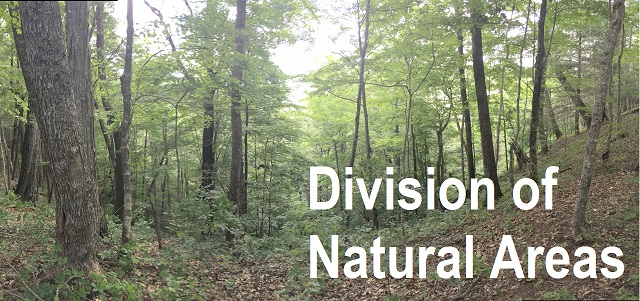Title
Landscape patterns of change in coarse woody debris accumulation in an old-growth deciduous forest on the Cumberland Plateau, southeastern Kentucky
Document Type
Article
Publication Date
5-2003
Abstract
Forest disturbance was evaluated in an old-growth forest on the Cumberland Plateau in southeastern Kentucky using a 10-year history of coarse woody debris (CWD) accumulation. CWD averaged 21.8 Mg/ha in 1989 and 29.6 Mg/ha (36% increase) in 1999. In both years, Quercus montana Willd. and Fagus grandifolia Ehrh. were the two dominant components of CWD; however, over the 10-year interval, Tilia heterophylla Vent., Carya glabra (Mill.) Sweet, and Acer saccharum Marsh. increased significantly, while Quercus alba L. declined. CWD occurrence had a highly skewed frequency, which is consistent with the idea that gap dynamics dominate the disturbance patterns of temperate old-growth forests. However, CWD composition bore limited relationship to overstory species composition or to the dynamics of gap creation. Further, while CWD showed no relationship to forest community (i.e., landscape position) in 1989, it was strongly related to community in 1999. The increase in CWD mass and changing importance of landscape position appear to have occurred in the absence of extrinsic disturbance factors. Thus, in old-growth deciduous forests of the temperate region, autogenic disturbance appears to occur at two scales: (i) the patch dynamics of individual tree mortality and (ii) landscape-scale patterns of mortality that are determined by species composition and differing patterns of mortality among species.
Recommended Citation
Muller, Robert N. 2003. Landscape patterns of change in coarse woody debris accumulation in an old-growth deciduous forest on the Cumberland Plateau, southeastern Kentucky. Canadian Journal of Forest Research 33:763-769. doi:10.1139/x02-210



Comments
"This study (No. 02-09-45) is connected to a project of the Kentucky Agricultural Experiment Station and is published with the approval of the Director. This is Publication No. 17 of Lilley Cornett Woods: Appalachian Research Station of Eastern Kentucky University, Richmond, Ky." (p. 763)
"I am indebted to W.H. Martin of the Natural Areas Division, Eastern Kentucky University, for long years of access to this unique resource. M.A. Arthur and C.C. Rhoades provided much-appreciated comments on earlier drafts of the manuscript." (p. 768)